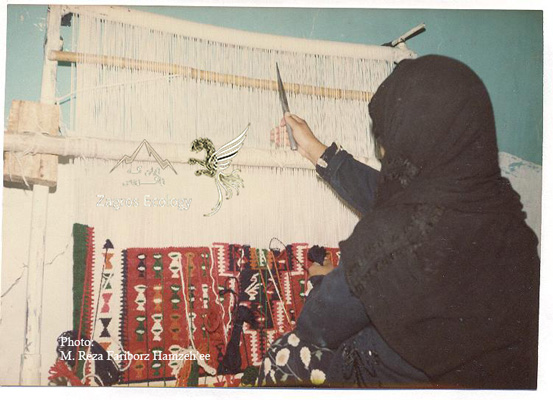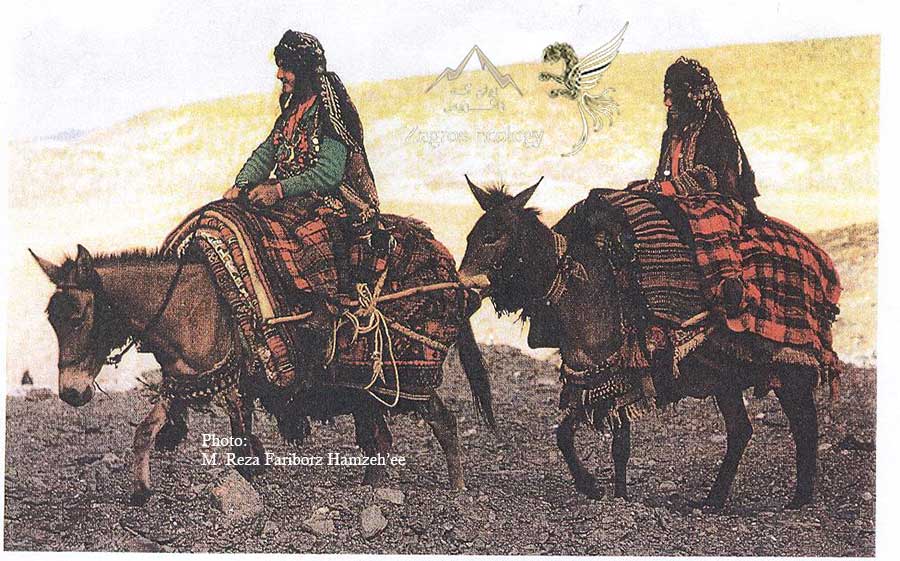Oral history
Indigenous knowledge and utilization of arid and semi-arid rangelands by Iranian pastoralists
Indigenous knowledge and utilization of arid and semi-arid rangelands by Iranian pastoralists
Abdolhamid Papzan, M. Reza (Fariborz) Hamzeh’ee, Nashmil Afsharzadeh
Abstract
This paper aims to study the indigenous systems of natural resource management, specifically utilization strategies of rangelands, among the Kalhor nomads in Kermānshāh province. In the last few decades, the natural resources in arid and semi-arid nomadic regions of the Kalhor have been seriously damaged by the negative impact of modernization, industrialization and destructive natural forces. The results are drought, flood and environmental pollution. This ongoing situation is threatening the survival of the nomads, forcing them to abandon their traditional way of life, and adding to the inhabitants of the slums around big cities.
This article argues that in spite of the negative effects of artificial and natural factors on rangelands in the above area, the use of indigenous systems of natural resource management will inevitably improve the conditions of the rangelands, leading towards a sustainable development. It is believed that the combination of short term and a long term strategies that was initiated by the nomads will contribute to the improvement of the rangelands. The conclusions of this paper show that their survival depends upon systems of indigenous management. This type of management is locally initiated, flexible, and sustainable, which requires the full participation of the nomads in the utilization and preservation of their natural resources.
Keywords: Nomads, Management, Sustainable Development, Kurds, Kermanshah
Indigenous knowledge and utilization of arid and semi-arid rangelands by Iranian pastoralists

Introduction
The Kalhor are a southern Kurdish speaking tribe living in some regions of Middle Zagros mountain chain. Until the twentieth century, the Kalhor were thought to be the largest Kurdish nomadic tribe in all countries where the Kurds live. The majority are Shiites, and some small groups still follow a version of ancient Iranian religions.
Until recently most Kalhor were nomadic, but nowadays only a minority of the tribe migrates. They traditionally migrate about 150 miles between two ecological zones, from the west part of Kermānshāh at the heart of Zagros Mountains (high land, summer pastures) to near the border of Iraq (low land, winter pastures). They raise sheep and goats, which are still the basis of their economy. In addition, most of them cultivate cereals for domestic consumption (Hamdhaidari and Wright, 2001). One or two members of the family may enter into other niche activities at different times of the year.
Nomads are considered the third largest community in Iran, after urban and rural ones (Hamdhaidari, 1998). According to Tapper (1997), in 1987 the first ever comprehensive and reliable census of migrating nomads in Iran estimated their numbers at about 1.2 million of 59 million. Considering the latest published census in Iran, the number of nomads who continue to migrate is put at 1.304.089 of 70 million. It is estimated that there are about 90 million hectares of pastoral land in Iran. It constitutes approximately about 60% of the whole area of the country (Moqadam 2001).
Indigenous knowledge and utilization of arid and semi-arid rangelands
Nomadic societies in Iran are not simple-structured societies. As a matter of fact, these societies are highly specialized production units with a positive relation to their natural environment. According to Varjāvand (1991), this relation was disturbed as the process of cultivation intensified and the level of industrialization and urbanization rapidly increased. Therefore, nomadic migration should not be regarded as a simple adaptation to a rough and unpredictable nature. It is a question of conscious planning, with the aim of organizing basic variable resources. Migration, in fact is a complicated, long-term scheme for feeding cattle. One of the main goals is to achieve maximum weight gain for the cattle during the period of growth of grass, and the minimum weight loss when there is little or no vegetation available.
In the existing pre-industrial economy of Iran and within the remaining system of pastoral nomadic economy, the tribes are supplying the largest part of national demand for protein products. Therefore the importance of their economic role within any project for social and economic development is evident. They are considered to be one of the most vital factors if a sustainable economic development is to succeed (Afshārzādeh, 2007).
Indigenous Knowledge and Oral Traditions of western Iran
Theories of Development and Underdevelopment

 فارسی
فارسی
